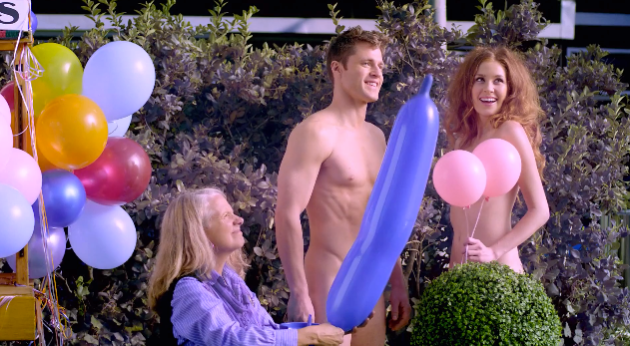After spending three years in Public Relations Student Society of America, I’ve had plenty of time to spot a “PRSSA phrase” when I hear one. So this goes out to all my #PRSSbAes who can probably relate to the quirky things that make us #PRassionate.
1. “I can’t hang out tonight, I have a PRSSA meeting”
I can’t tell you how many times I’ve had to tell my non-PRSSA friends that I can’t make a party or hang out because I’ve got a PRSSA meeting. Their response is usually something along the lines of “it seems you have PRSSA meetings almost every night of the week…”
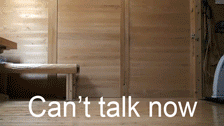
2. “Did you see Nationals re-tweeted me?!”
When you scroll down your twitter feed and all you see are PRSSA posts and re-tweets, you know you’ve got it bad. But when the monthly twitter chat starts and you realize nationals re-tweeted you, it’s like you’ve won an award.
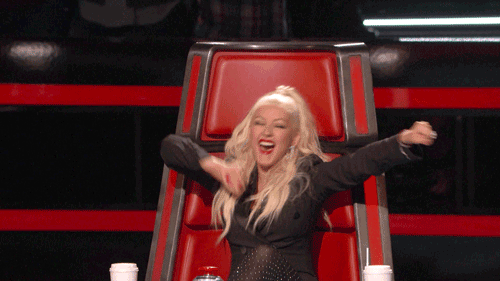
3. “Oh you’re moving to _____? I have a PRSSA connection there if you want me to introduce you”
After attending any of the national events, you will instantly expand your network to the ends of the country. Heck, the whole world! But one of my favorite parts about new long-distant friendships is that it’s a great excuse to go travel somewhere new and see great friends!
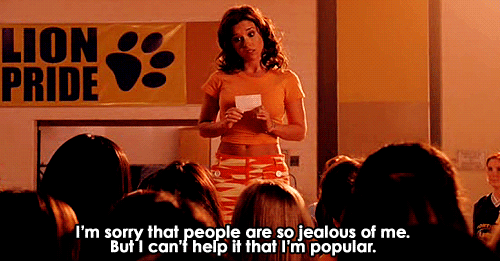
4. “I can’t finish my school work until I get this PRSSA work done”
I’m sure we’re all a little guilty of putting PRSSA before homework. I’d be lying if I said school work came before PRSSA, because 9 times out of 10 there was always something PRSSA related to distract me from the piles of homework, tests and group projects that I had.
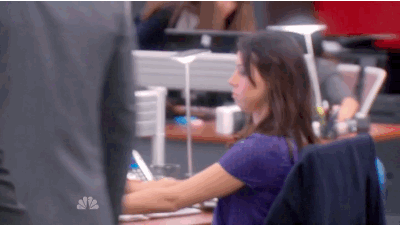
5. “Here’s my business card. Let’s exchange!”
Every #PRSSbAe loves the feeling of fresh business cards in their hands right before they embark on a national event. We trade them like candy. We keep them not only to remember the hundreds of faces we’ve met, but also to get really cool ideas for our next round of business cards.

6. “PRSSbAes for life”
Probably the most important thing of all are the life-long friendships you make. Both in your chapter and with friends from national events. I’m so lucky to have met such amazing people with the biggest hearts. It’s great when you can make friends with so many like-minded, ambitious and supportive people!
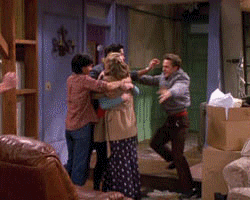
Share this post if you can relate!




